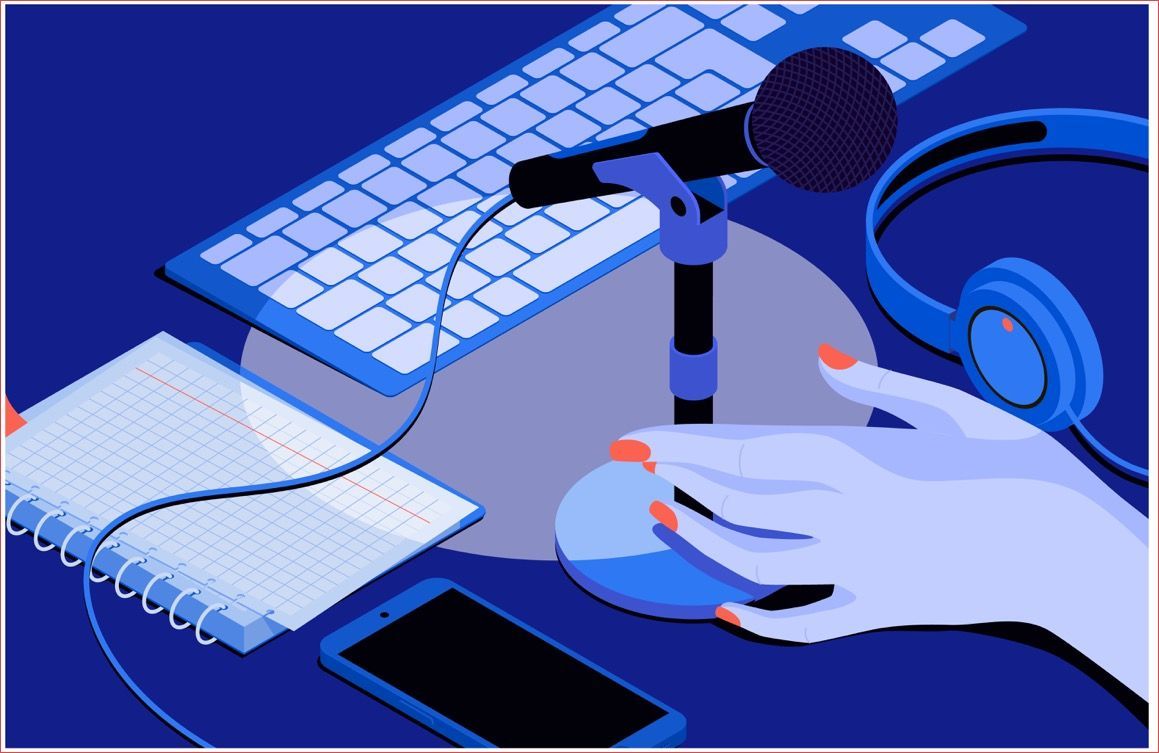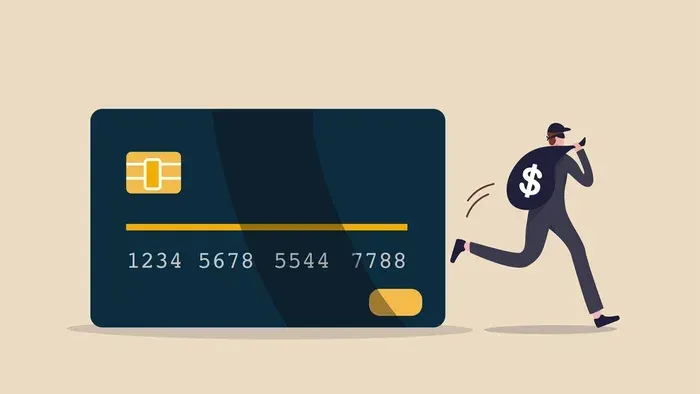Is Voicemail Dead?
Evidence points either way.
The irritation in my step-daughter’s voice was unmistakable.
Her father and I were taking her to task about her general late-20’s-hard-to-get-ahold-of pathos, when we earned an extra-hard eye roll upon mentioning that she doesn’t even return voicemail.
“Voicemail?!” She chortled. “Do I even have that…?”
It’s true that voicemail requires a certain amount of effort. The energy required to listen to and decide when (or whether!) to return a phone message is not insignificant; for the younger demographic, the idea of a “ball being in their court” carries much less weight than it does for boomers receiving a similar message.
I distinctly remember the panicked feeling in the 80’s of having to find a payphone to return an awkwardly transcribed message from my pager. The perception was: if someone had to translate a voice message into text form and send it me, it must be pretty damn important. (I was acting back then, and it was hard to describe the feeling of success and relevance when I saw an audition notice come in from my agent in a badly-translated text on my pager, and then find a payphone to get the details.)
I also remember receiving an early version of the answering machine for Christmas; when I was back at work after the holidays, I proudly produced a satellite remote-sized “retriever” from my purse and proudly held it up to the receiver after dialing my home number to play back any messages, thinking I had arrived at the pinnacle of technology. Remember running to the answering machine as soon as you got home, if the Winnebago-sized retriever didn’t fit in that day’s choice of handbag? Oh, the memories.
When the term “voice mail” replaced “answering machine” (and there soon *was* no machine on prem – it’s at the phone company now!) that increased the legitimacy of phone messages….somewhat.
I think my step-daughter’s point -- of voicemail just being *so* not on the radar of how you communicate with a person – is arrived at from the instant gratification, and actually very concise forms of communication we now have. A single emoji can clarify a point, emphasise, and distinguish a joke from a serious statement.
It’s also about the time investment.
The time and effort required – even just to hit the “receiver” icon on the text platform and immediately be connected (the icon, I feel compelled to point out, is in the shape of a *rotary* dial receiver) requires a certain amount of effort -- but more than that, it requires actual, real-time conversational interactions. Unlike selecting a good time to reply to an e-mail (or even viewing a text and deciding that you’ll reply later), an incoming phone call is immediate, and requires that you engage. Right now. Without any prep. No chance to formulate your reply, think of an excuse, or collect your thoughts. We can now choose when to interact. And many of us just don’t. And voicemail – which is much like a holding cell for messages, waiting to be dealt with – likely won’t go away as long as we still value those contacts and customers who still prefer telephone interaction over the anonymity of electronic communication.
The use of voicemail as a principal mode of communication can also be driven by occupation – realtors, for example, are still incredibly reliant on voicemail communication and likely always will be. If you have something urgent/defective/critical that you need to bring to a businesses attention, you likely will be more inclined to pick up the phone for an immediate resolution, rather than risking getting in a lengthy cue with an e-mail support ticket, or futz around with a company’s chatbot, spewing out generic responses.
Texting forces us to be brief, economical with our words, and even the appropriate emoji can convey quickly and succinctly what it used to take sentences to say. I vote for the hybrid of various modes of communication, and don’t see a day where voicemail will even completely go away.











